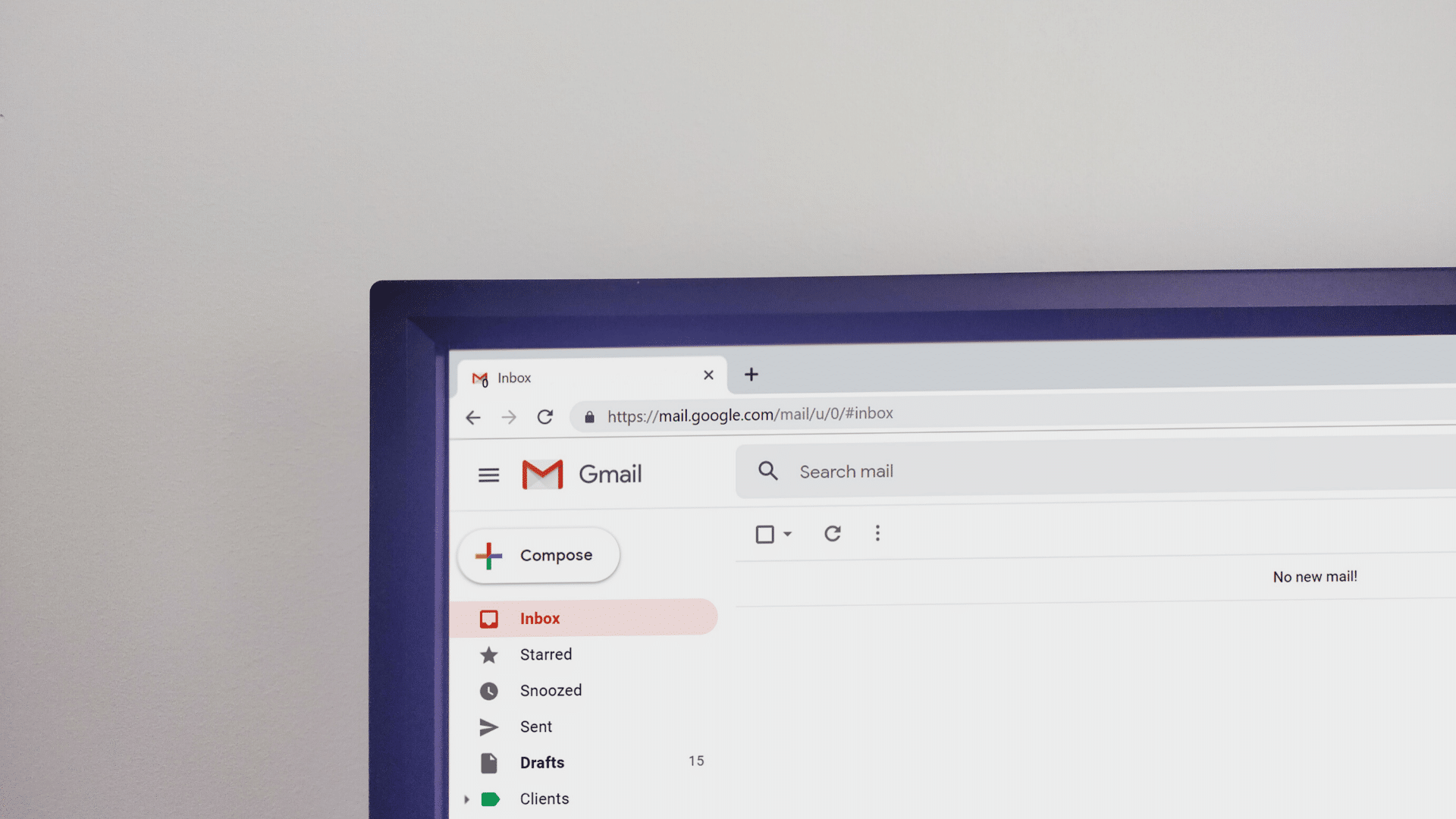
Email is only one of many powerful digital channels at your disposal when it comes to connecting with consumers. Regardless of which of these channels you decide to use to reach those consumers, you also have to decide how to measure the effectiveness of your new digital tools.
We’ve discussed email deliverability and what it means to collections, but once you have the proper email infrastructure in place, your team’s focus should shift toward both measuring the impact of those email efforts and understanding what declining performance can mean to your collections process. Here are a few things to keep in mind so that you can minimize the impact of deliverability issues and optimize your contact rates.
Build a baseline
The first step in effectively correcting email deliverability problems is to start with a baseline that you can compare to. Measuring the impact of issues on your digital collections strategy requires your team to establish what “normal” looks like for your business. Some engagement-related metrics that matter most to email-based digital debt collection typically include:
- Open rates
- Click rates
- Conversion rates
For email marketers, conversion rates signal when users take a desired action after engaging with marketing material. These actions often involve making a purchase or signing up for a product demo. In collections, conversion rates are measured by a combination of email engagement metrics and the more traditional liquidation rates. The desired action your collections team is looking for is a promise to pay or a completed payment.
With a baseline set for your digital performance, you can compare your average conversion rate to any fluctuations you see in your deliverability. Tracking this data over time then helps you to clearly measure how your deliverability rates impact collections and how specific deliverability issues (send volume, send time, content, etc.) impact your bottom line.
Identify and monitor engagement with deliverability
Email deliverability rates directly reflect whether or not you are reaching consumers’ inboxes, but your engagement shows you whether or not your consumers are taking action. Tracking deliverability in tandem with engagement metrics can provide insight into what changes need to be made to accommodate potentially shrinking inboxing rates. Here are two important correlations to keep an eye on.
Stable open rates and decreased deliverability
If you notice a decline in deliverability, but consistent open rates, there is a strong chance that your email list is out of date or a newly imported list contains incorrect contact information for your consumers. Consumers in your system that are listed correctly are continuing to engage at the same rate, but you have a higher number of bounces or failed sends.
Email validation is an important step in limiting the chances of a situation like this happening as this process confirms whether or not email addresses are legitimate. Large lists may contain small typos or transpositions that would turn an otherwise valid email address into a useless string of characters.
Decreased open rates and decreased deliverability
In the event that there is a decrease in both open rates and deliverability, it is likely that your send domains (the part of an email address after the @ sign) are being blocked or blacklisted. Fewer recipients are actually receiving your emails and even fewer are opening them.
There are a number of steps an organization can take to prevent this downtrend including using multiple domains and carefully scaling an email strategy before attempting to reach thousands of consumers. Attempting to remedy these issues after they have happened may prove to be too late.
Recognize the scope of an issue
Sending collections emails at scale can mean trying to reach thousands of consumers per day. It’s difficult to imagine a process of that scale without some sent emails not bouncing or simply being ignored.
TrueAccord successfully delivered millions of emails. Want to learn how we do it? Check-in with our team today.
As we mentioned earlier, a massive downturn in deliverability can lead to email domains being blacklisted which means those messages will be relegated to spam folders across ISPs (internet service providers). TrueAccord’s in-house Head of Email Operations, Raja Datta, has some extra advice (which was also contributed to a segment for Kickbox) for those looking to prevent these issues from causing further damage.
Attempting to recover your domain authority (proving to ISPs like Google or Yahoo that you aren’t a spammer) at that stage is remarkably difficult, but if you recognize a downtrend in click-rates, you can make relatively minor changes to the content of an email (phrasing on a call to action, different subject lines, etc.) to improve engagement.
The scale of your deliverability issue will dictate how urgently you have to respond to it and how many resources must be put toward its resolution. Tracking these potential problems early and often can lead to intercepting them before your email strategy is significantly weakened and send domains are entirely blacklisted; update your subject line now and avoid getting blocked later.
Getting to the root of deliverability issues will ensure your email strategy is sustainable for years to come. As right-party contact rates continue to fall and digital channels take priority over phone calls, starting to track your email performance now and understanding how to measure your digital strategy’s success will get your team ahead of the collections curve.
Does this all seem a bit daunting? We get it. Talk to our team today to see how we can help perfect your digital collections strategy.

